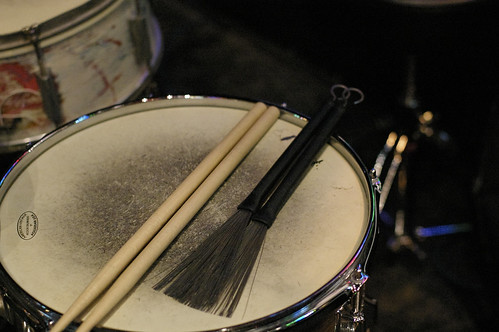 |
| A relentless experimenter |
Why do we always play head/solo/head?
A couple of weeks ago I played a great gig with a group of musicians who got me thinking about the pervasiveness of the head/solo/head format in jazz. Obviously there is some good reasons why this format works and I love it, but does that mean that there isn't room for anything else? I think a lot of jazz musicians get tired of playing every song with the exact same format night after night, and I know that audiences do. Let me give you a couple of examples of some other possibilities.
1. Experiment with structure
One of the great
inspirations for endless experimentation with the structure of a song is
Duke Ellington. Just listen to a tune like "Cottontail":
There
is so much going on this song that you barely even notice that they
only play the last A section on the head out! It should be noted that
experimenting with structure at this level usually takes a lot of
arrangement and practice, so trying to pull something like this off on
the fly may not work. The main point is though is that jazz doesn't
need to stick to the familiar to be compelling.
2. Introduce a new melody
 |
| Another one |
During the gig I was referring to, we played the standard "Just Friends". Everything was proceeding normally until we got about half way through the song. At that point Chuck Redd (the vibraphonist on the gig) suddenly began playing the melody of the Monk tune "Evidence". This was a startling twist, but it worked brilliantly and added a completely new feel to the song.
This technique of introducing a new melody (generally it has to work over the same chord changes, or at least be close) can take a song in a completely new and exciting direction. And provided that you are playing with a good group of listening musicians, there is no reason you can't pull this off.





